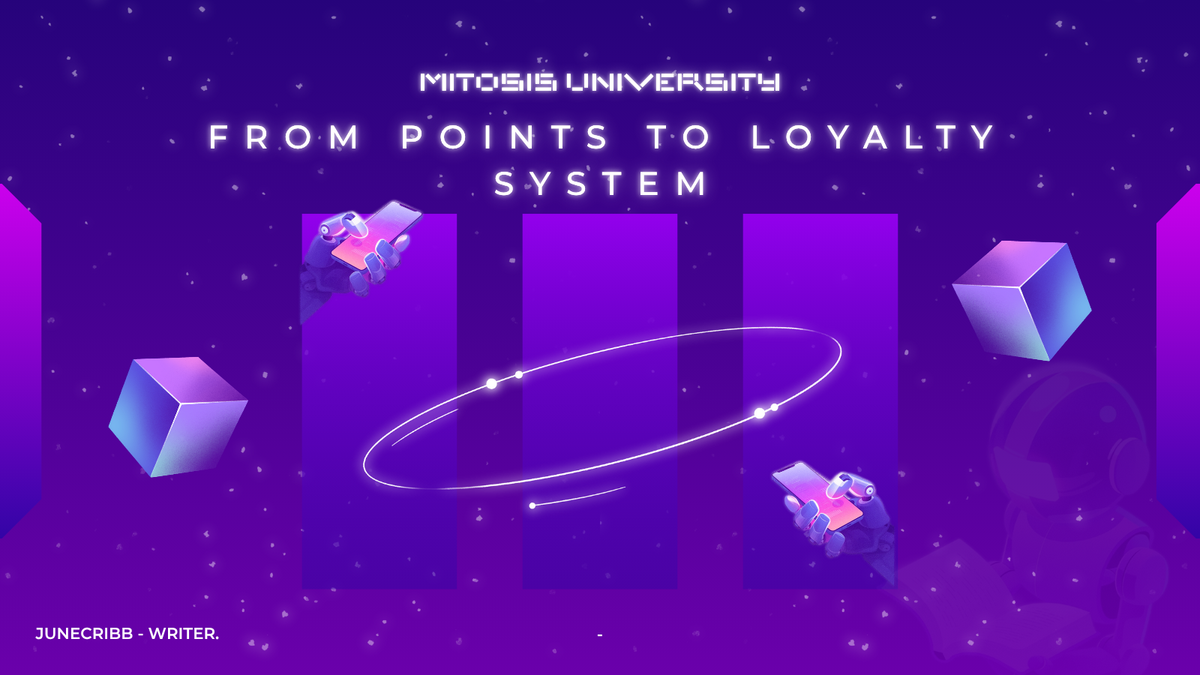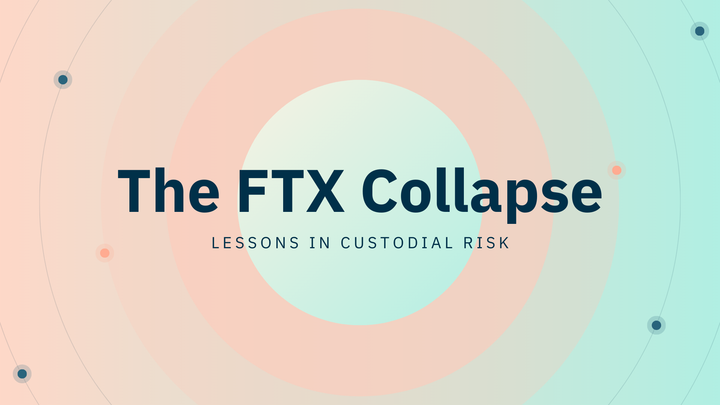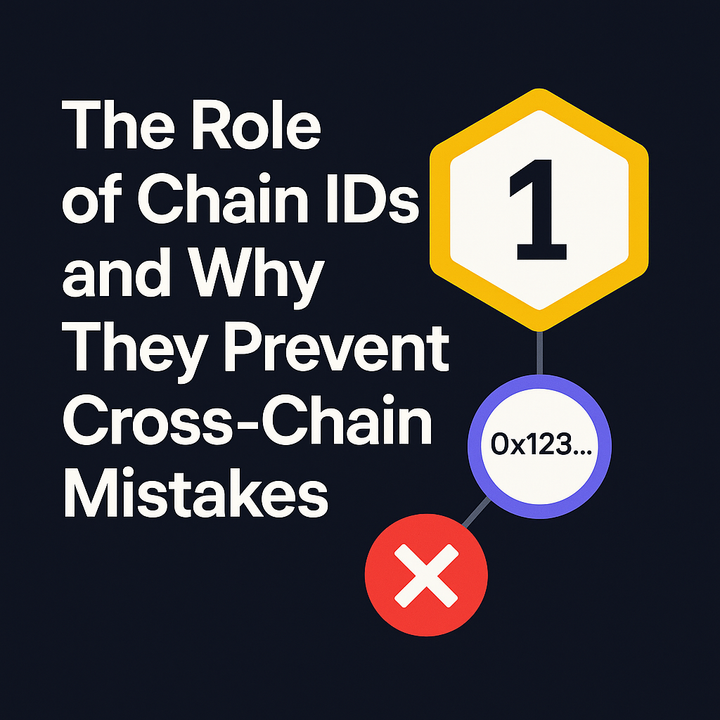What Comes After Points? The Loyalty System.

Why Crypto Projects Are Moving Beyond Free Tokens and Toward Real Reputation?
In the early days of crypto, getting involved in a project could be exciting, and sometimes, surprisingly rewarding.
Just by using a new app or joining a community early, users could receive airdrops.
But as more people caught on, a new system was introduced, and that’s the point system. Instead of giving away tokens instantly, projects started tracking your contributions and rewarding you with points.
These points could later turn into tokens or perks, and it made sense to track real engagement, then reward it fairly.
Fast forward to now, everyone’s doing it, and many users are feeling points fatigue.
So, the big question is: what comes next?
Let’s explore what’s happening, what’s broken, and how the future of loyalty in crypto is being redesigned, step by step.
The Problem With Points
Points were introduced as a way to make token rewards feel more earned.
Instead of just giving tokens to random users, projects like Blast, EigenLayer, and Friend.tech tracked activity and gave points to users who added value over time.
But things got messy and here’s why:
1. Everyone Was Farming, Not Contributing
Many people started gaming the system by creating hundreds of wallets, repeating simple actions over and over, and pretending to engage just to earn points.
2. All Points Felt the Same
A user who adds real value (like building a useful tool or bringing in new users) might get the same reward as someone who just clicks buttons repeatedly. That feels unfair.
3. It’s Not Always Clear Why You Earn Points
Many point systems are vague. They ask you to use the app, and your score goes up, but you don’t know why or how to improve.
So while points solved some problems, they’ve created new ones.
Now, crypto projects are asking a better question: How do we reward real contribution and not just button clicks?
From Points to Reputation
The next wave of loyalty is shifting from single-score points to multi-dimensional reputation.
Instead of just tracking what users do, projects are starting to measure how they do it, why it matters, and how it connects to the health of the ecosystem.
Here’s a difference between points and reputation.
Reputation is about the context. It asks the important question:
- Are you using the app regularly?
- Are you helping others?
- Are you building something on top of it?
- Are you adding liquidity or taking value out?
By tracking richer data, reputation systems can reward builders, community leaders, liquidity providers, testers, and more.
Why is this Important for Crypto Projects
In traditional tech (like YouTube or Reddit), reputation comes naturally. People build followings, earn badges, or get visible recognition for quality content.
Crypto didn’t have that because airdrops were too sudden, and point systems were too shallow.
But with this shift toward reputation-based loyalty, projects can:
- Build stronger communities such that loyal users stay longer and care more.
- Encourage deeper engagement where users contribute more when they know their efforts are valued.
- Reward fairly because this builds and powers users to get what they truly deserve.
This helps crypto move from a short-term, speculation-heavy culture to one of ownership, reputation, and long-term value creation.
How Mitosis Is Doing It Differently: The DNA Program
One project already taking this idea seriously is Mitosis, a modular execution layer that focuses on cross-chain apps, infra, and deep composability.
Mitosis recently launched the DNA Program, and it’s not just another points system. It’s a reputation engine for real contributors.
Here’s how it works:
What DNA Tracks:
- Usage: Are you using Mitosis-based apps in meaningful ways?
- Liquidity: Are you adding value to the ecosystem by providing liquidity (not just farming rewards)?
- Building: Are you integrating or building on top of Mitosis infrastructure?
- Participation: Are you active in governance, feedback, or community growth?
This isn’t just a score you farm. It’s a layered identity that grows as you contribute and helps determine what kind of rewards you get in the long term.
Why is this smart?
- It prevents fake activity or spam farming.
- Encourages real developers and users to stay.
- Aligns rewards with long-term contribution.
What to Expect?
This evolution from airdrops to points, to multi-layered reputation isn’t just a trend. It’s a fundamental redesign of how crypto rewards loyalty and builds strong ecosystems.
Here’s what we can expect:
Projects will show you what actions count, how they’re weighted, and how you’re progressing, not just give you a mystery score.
Your reputation might become part of your on-chain identity. It could follow you from app to app, chain to chain, just like a social media profile.
Top contributors might earn special access, governance rights, early invites, or even revenue-sharing opportunities, not just tokens.
Instead of chasing the next quick airdrop, users will invest time where their efforts have lasting value.
Conclusion
Points aren’t dead. But they’re evolving.
As crypto matures, users want more than speculative rewards. They want to feel seen, valued, and part of something bigger. The move toward reputation-based loyalty is how we get there.
Projects like Mitosis, with its DNA program, are showing what’s possible when you reward not just clicks, but contribution, commitment, and care.
And in the long run, that’s how we’ll build crypto communities that actually stick.
And while we wait for that, check out these articles from mitosis university:
That's all for now.



Comments ()